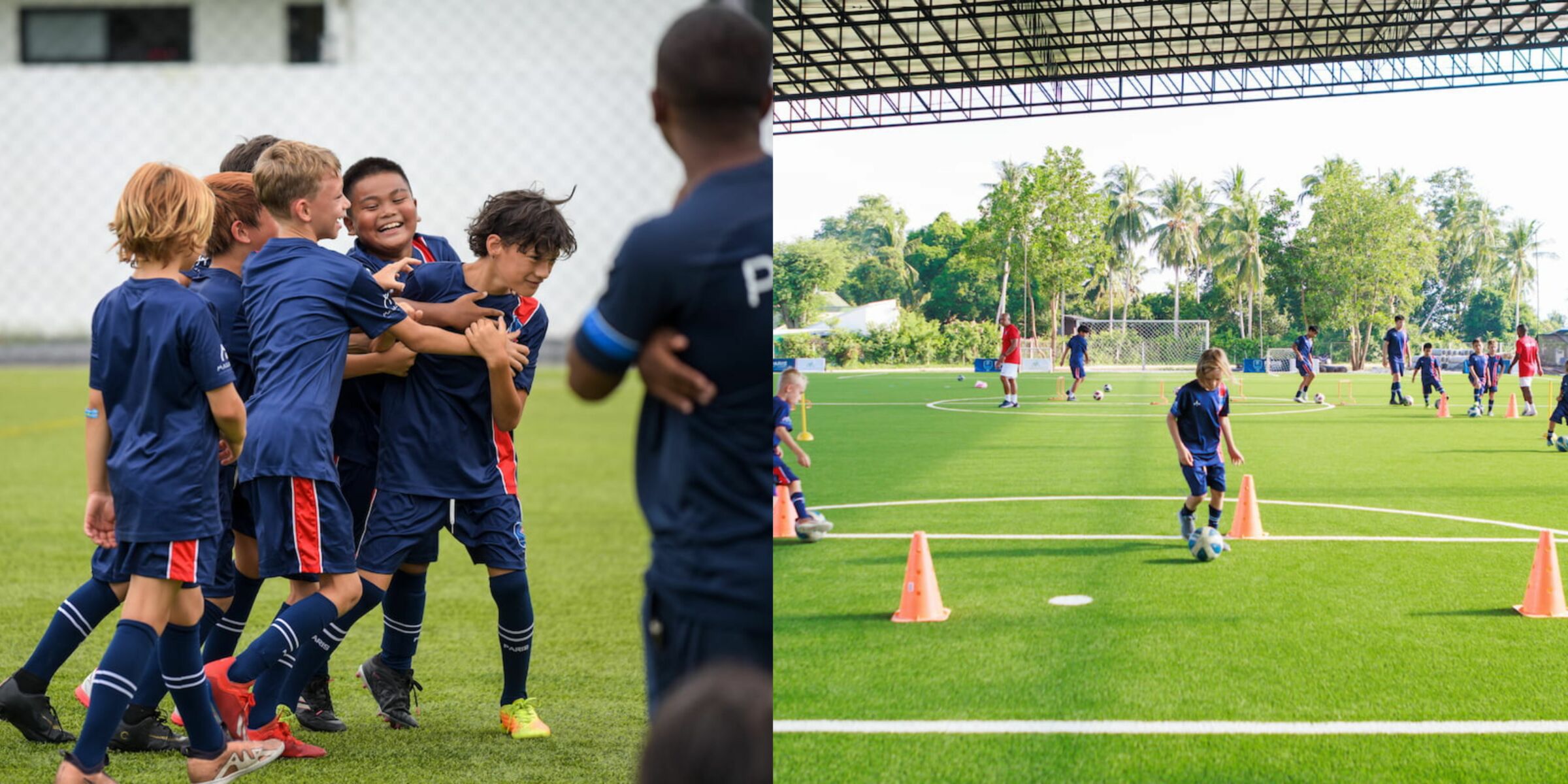Why Asia’s resort destinations are tapping into the growth of international schools

A key indicator of Bangkok’s growing economic maturity is the rapid rise in international schools both in the city and across Thailand and the region. It’s no longer limited to wealthy local families and expatriates, these schools are now drawing in a diverse student body, fueled by the surge in global migration. Branded education is highly prioritised by Thais, contributing to this expanding trend.
The Asian resort destinations
Thailand
Thailand’s resort destinations, especially Phuket, Pattaya, Hua Hin, Chiang Mai and Koh Samui, have become prominent examples of this development. Phuket, known for its beautiful beaches and vibrant tourism, currently boasts 13 international schools. According to research by consulting group C9 Hotelworks, this number is expected to double within the next five years. UK-based institutions are making their mark, particularly by taking advantage of their well-established brand recognition as they expand into the region.
In Koh Samui, another well-known tropical haven, the rise of international schools has aligned with the island’s growing reputation as a hub for sports and education. The Maraleina Sports Resort hosts the PSG Academy, a football academy affiliated with Paris Saint-Germain, one of the world’s most prestigious football clubs. This academy has successfully attracted tournaments and training camps, drawing students from international schools across the region.
Thailand’s non-immigrant O (guardian) visa continues to be a popular draw for foreign families enrolling non-Thai children in international schools as it covers a parent, although if two children, both parents are eligible.

The appeal of resort destinations like Phuket and Koh Samui for international education extends beyond just the schools themselves. These locations are closely tied to real estate development, benefiting both families relocating to these areas and school staff looking for lifestyle changes. Many Thai families are leaving urban centres like Bangkok for cleaner, less congested environments, while overseas migration from Europe and other parts of Asia is adding to the influx of new residents.
Japan
Turning to the northern hemisphere, Japan is also leveraging its resort areas to cater to this growing demand for international education. One notable example is the Harrow School Appi in the alpine resort of Appi Kogen. Located just four hours from Tokyo, the boarding school has nearly 250 students, including a significant number from China, thanks to its geographical proximity. Despite its resort setting, the school’s large-scale sporting facilities and outdoor activities provide a well-rounded educational experience, making it a desirable option for parents.
The rise of international schools in Japan has given birth to a range of complementary industries, particularly year-round camps. In Niseko, Japan’s top alpine tourism destination, MnK founder Eddie Guillemette established the EdVenture camp nearly a decade ago. Originally a summer camp, it has since expanded into a four-season operation, offering a diverse range of activities for school groups. MnK’s collaboration with Swiss group Les Elfes International will introduce a new dorm facility in Niseko’s Country Resort, which is set to double in size in the coming year.
As the trend continues to grow across Asia, international schools and camps are becoming a driving force in property and real estate markets. The integration of these schools into resort destinations is creating thriving communities that cater to both families seeking educational opportunities and investors looking to tap into the booming market. From Thailand’s tropical islands to Japan’s alpine resorts, the synergy between education, real estate, and tourism is creating new pathways for growth in Asia.
Latest Thailand News
Follow The Thaiger on Google News:


























